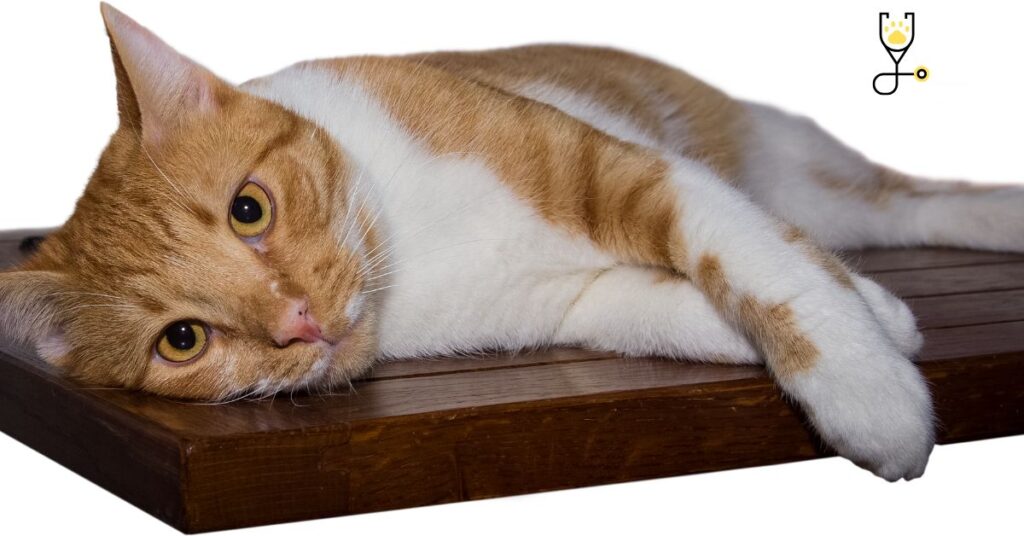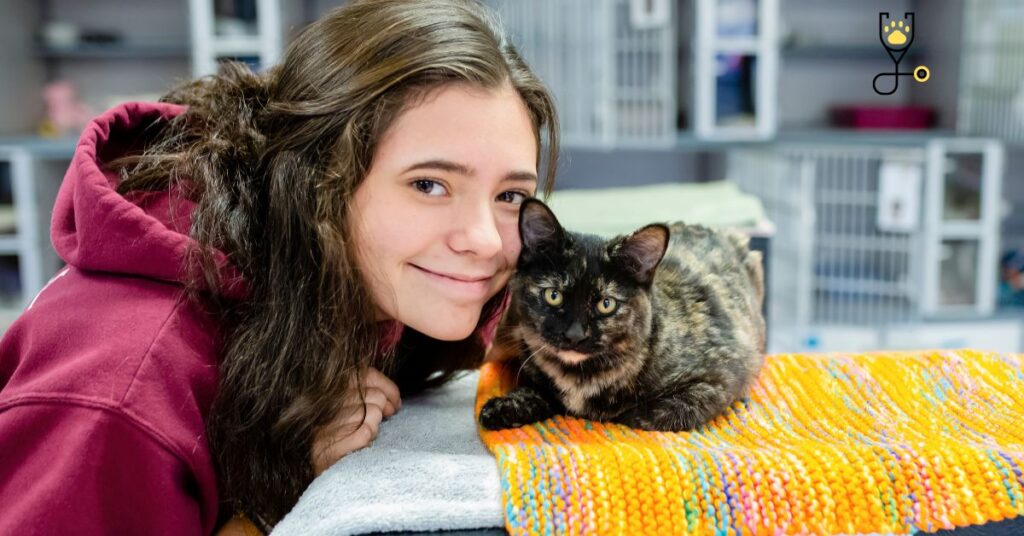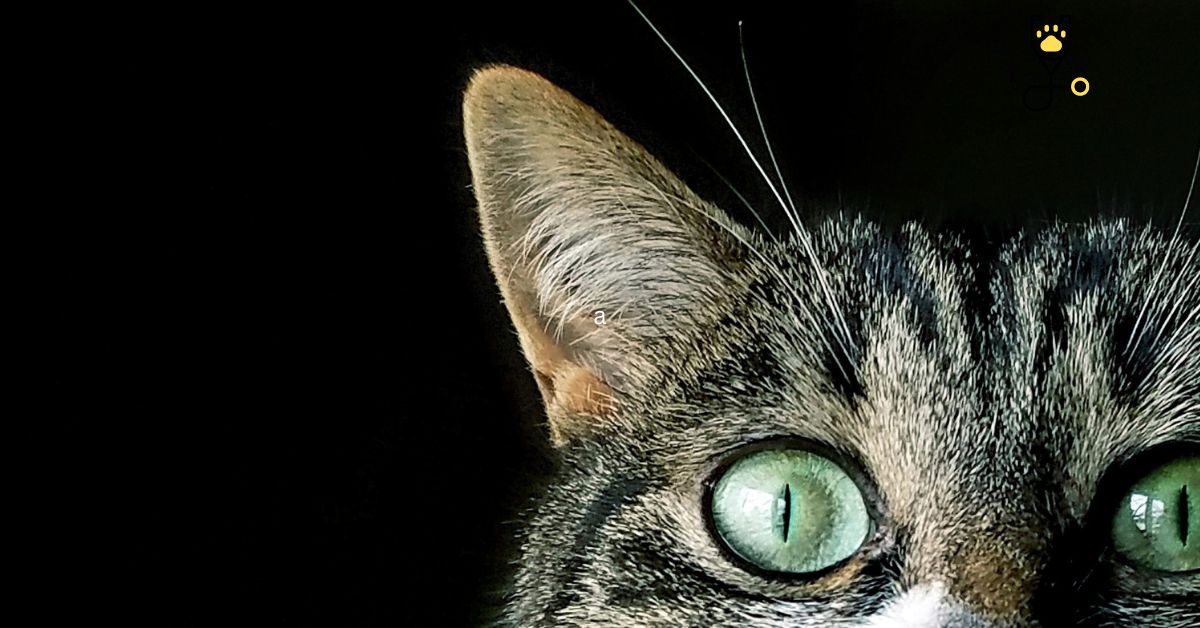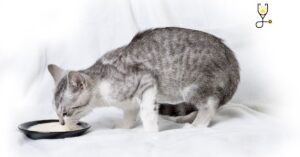Introduction
Have you ever wondered what Feline Cerebellar Hypoplasia is? This condition, which is also known as ‘wobbly cat syndrome’ can be quite alarming to see in your feline friend. But don’t worry-we’re here to help! In this ultimate guide, we’ll provide everything you need to know about Feline Cerebellar Hypoplasia. From causes and symptoms to treatment and care, we’ve got you covered. So read on for all the information you need to help support your furry friend!
What is Feline Cerebellar Hypoplasia?
Feline Cerebellar Hypoplasia is a condition that results in the underdevelopment of the cerebellum-the part of the brain responsible for coordination and balance. Cats with this condition will often have difficulty walking, and may appear to be ‘wobbly’ or ‘unsteady on their feet. In some cases, the condition may be mild and your cat will only exhibit slight symptoms. However, in other cases, it can be more severe and can cause your cat to have difficulty performing everyday activities such as eating and using the litter box.
General Causes of Feline Cerebellar Hypoplasia in cats
There are a variety of factors that can contribute to the development of Feline Cerebellar Hypoplasia.
1. Congenital conditions-Some cats are born with the condition due to genetic factors.
2. Infections-Certain viral infections such as feline panleukopenia can cause damage to the developing brain and lead to Cerebellar Hypoplasia.
3. Toxins-Exposure to certain toxins or chemicals can also damage the developing brain and lead to this condition.
4. Trauma-In some cases, head trauma sustained during birth or in early life can result in Feline Cerebellar Hypoplasia.
5. Nutrition-Poor nutrition during gestation or in early life can also contribute to this condition.
6. Environmental factors Exposure to certain environmental toxins such as lead or mercury can also damage the developing brain and lead to Feline Cerebellar Hypoplasia.
Symptoms of Feline Cerebellar Hypoplasia in cats
The symptoms of Feline Cerebellar Hypoplasia can vary depending on the severity of the condition. Some of the most common symptoms include:

- Unsteady gait- Your cat may appear to be ‘wobbly’ or ‘unsteady on its feet. They may also stagger when they walk or have difficulty walking in a straight line.
- Loss of balance- Your cat may seem unsteady and have difficulty maintaining its balance. It may also fall over more frequently than usual.
- incoordination- Your cat may appear to be ‘clumsy’ and have difficulty performing everyday activities such as jumping or climbing. They may also have trouble using the litter box.
- tremors- In some cases, your cat may experience muscle tremors or seizures.
Treatment of Feline Cerebellar Hypoplasia in cats
There is no cure for Feline Cerebellar Hypoplasia and the condition cannot be reversed. However, there are a number of things that can be done to help manage the symptoms and make your cat more comfortable. Some of the most common treatments include:
- Physical therapy- This can help to improve your cat’s coordination and balance. It may also help to reduce muscle tremors.
- Exercise- Keeping your cat active can help to prevent further deterioration of its condition. Regular exercise will also help to keep their muscles strong.
- Nutritional support- A balanced diet is important for all cats, but it is especially important for those with Feline Cerebellar Hypoplasia. Good quality cat food will help to keep your cat healthy and provide them with the nutrients they need.
- Surgery- In some cases, surgery may be required to correct any skeletal abnormalities that are causing your cat’s symptoms.
Care for cats with Feline Cerebellar Hypoplasia
There is no cure for Feline Cerebellar Hypoplasia, but there are a number of things that can be done to help manage the symptoms and make your cat more comfortable. Some of the most important things to remember when caring for a cat with this condition include:

Providing a safe environment- It is important to create a safe environment for your cat. This means removing any obstacles that could cause them to fall or injure themselves. It is also important to keep their food and water dishes in an easily accessible location.
Keeping them active- Exercise is important for all cats, but it is especially important for those with Feline Cerebellar Hypoplasia. Regular exercise will help to keep their muscles strong and prevent further deterioration of their condition.
Providing a nutritious diet- A balanced diet is important for all cats, but it is especially important for those with Feline Cerebellar Hypoplasia. Good quality cat food will help to keep your cat healthy and provide them with the nutrients they need.
Surgery- In some cases, surgery may be required to correct any skeletal abnormalities that are causing your cat’s symptoms.
Prevention of Feline Cerebellar Hypoplasia
There is no known way to prevent Feline Cerebellar Hypoplasia. However, there are a number of things that can be done to reduce the risk of your cat developing the condition. Some of the most important things to remember include:
- Vaccinating your cat- It is important to keep your cat up-to-date on their vaccinations. This will help to protect them from diseases that could damage the cerebellum and lead to Feline Cerebellar Hypoplasia.
- Avoiding trauma- If your cat experiences head trauma, this can also lead to the development of Feline Cerebellar Hypoplasia. Try to avoid situations where your cat could injure their head.
- Feeding a nutritious diet- A balanced diet is important for all cats, but it is especially important for pregnant or nursing mothers. This will help to ensure that their kittens are born healthy and do not have any birth defects that could lead to Feline Cerebellar Hypoplasia.
While there is no known cure for Feline Cerebellar Hypoplasia, there are a number of things that can be done to help manage the symptoms and make your cat more comfortable. With proper care, cats with this condition can live long and happy lives.
Conclusion
Feline Cerebellar Hypoplasia is a condition that can cause a number of problems for cats. However, there are a number of things that can be done to help manage the symptoms and make your cat more comfortable. With proper care, cats with this condition can live long and happy lives.
Frequently Asked Questions
Q: What is Feline Cerebellar Hypoplasia?
A: Feline Cerebellar Hypoplasia is a condition that affects the cerebellum, which is the part of the brain responsible for coordination and movement. Cats with this condition often have problems with walking, balance, and coordination.
Q: What are the symptoms of Feline Cerebellar Hypoplasia?
A: The most common symptom of Feline Cerebellar Hypoplasia is ataxia, which is a condition that causes problems with movement and coordination. Other symptoms can include tremors, muscle weakness, and seizures.
Q: What causes Feline Cerebellar Hypoplasia?
A: The exact cause of Feline Cerebellar Hypoplasia is unknown. However, it is believed to be caused by a combination of genetic and environmental factors.
Q: How is Feline Cerebellar Hypoplasia diagnosed?
A: A diagnosis of Feline Cerebellar Hypoplasia can be made based on the symptoms and medical history of the cat. A physical examination and neurological testing can also be helpful in making a diagnosis.
Q: How is Feline Cerebellar Hypoplasia treated?
A: There is no known cure for Feline Cerebellar Hypoplasia. However, there are a number of things that can be done to help manage the symptoms and make your cat more comfortable. With proper care, cats with this condition can live long and happy lives.
Q: Can Feline Cerebellar Hypoplasia be prevented?
A: There is no known way to prevent Feline Cerebellar Hypoplasia. However, there are a number of things that can be done to reduce the risk of your cat developing the condition. Some of the most important things to remember include: vaccinating your cat, avoiding trauma, and feeding a nutritious diet.






